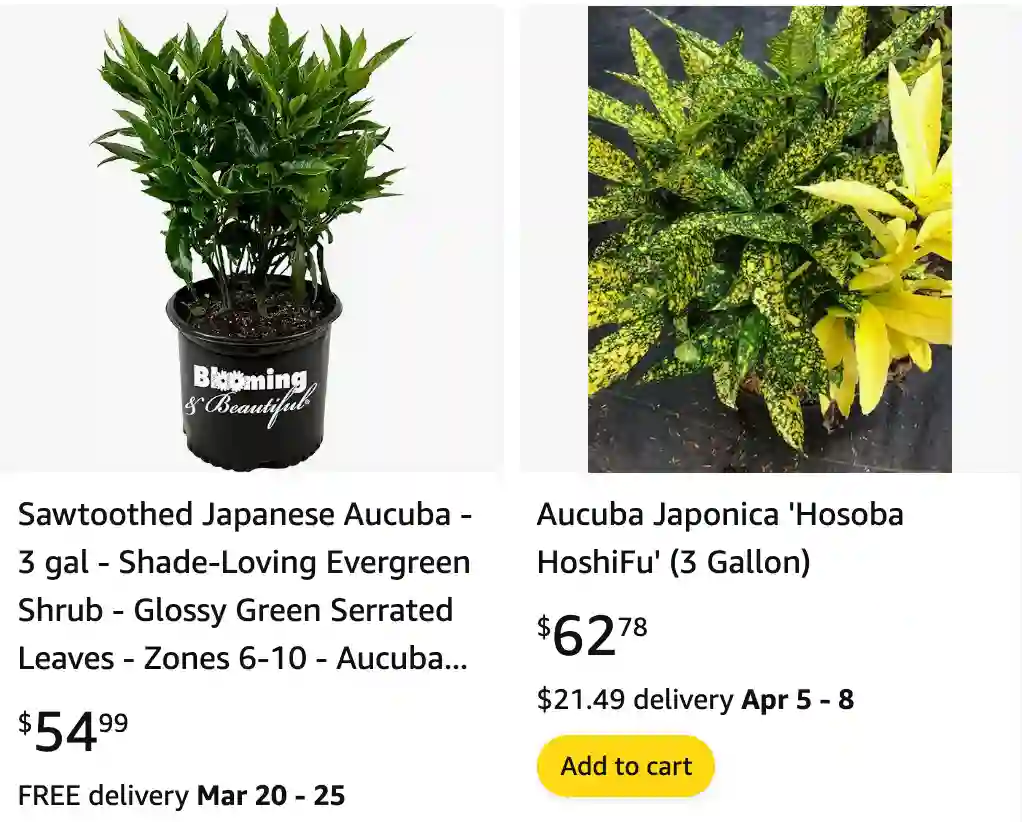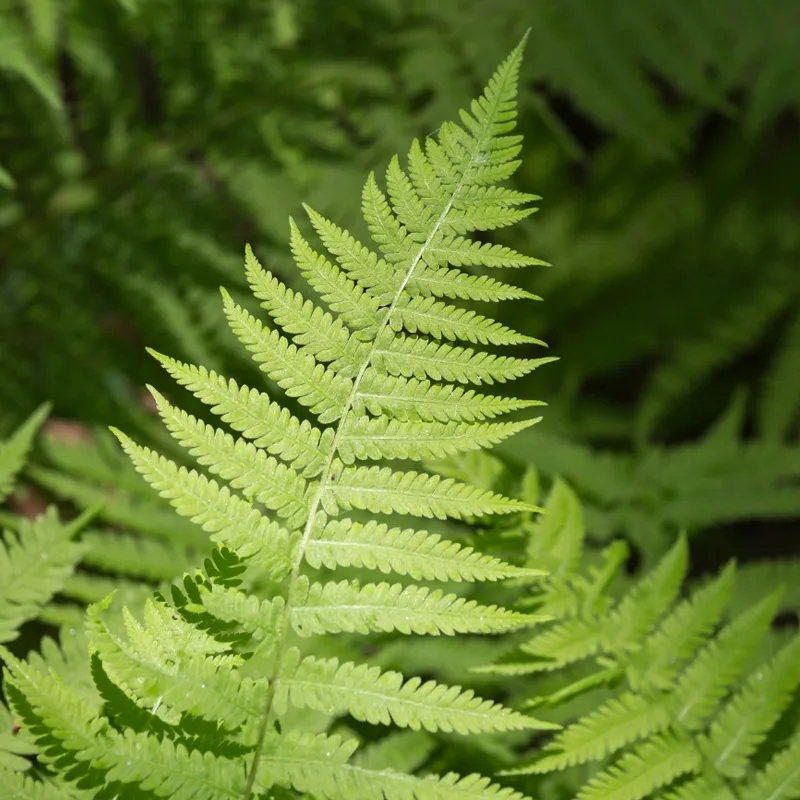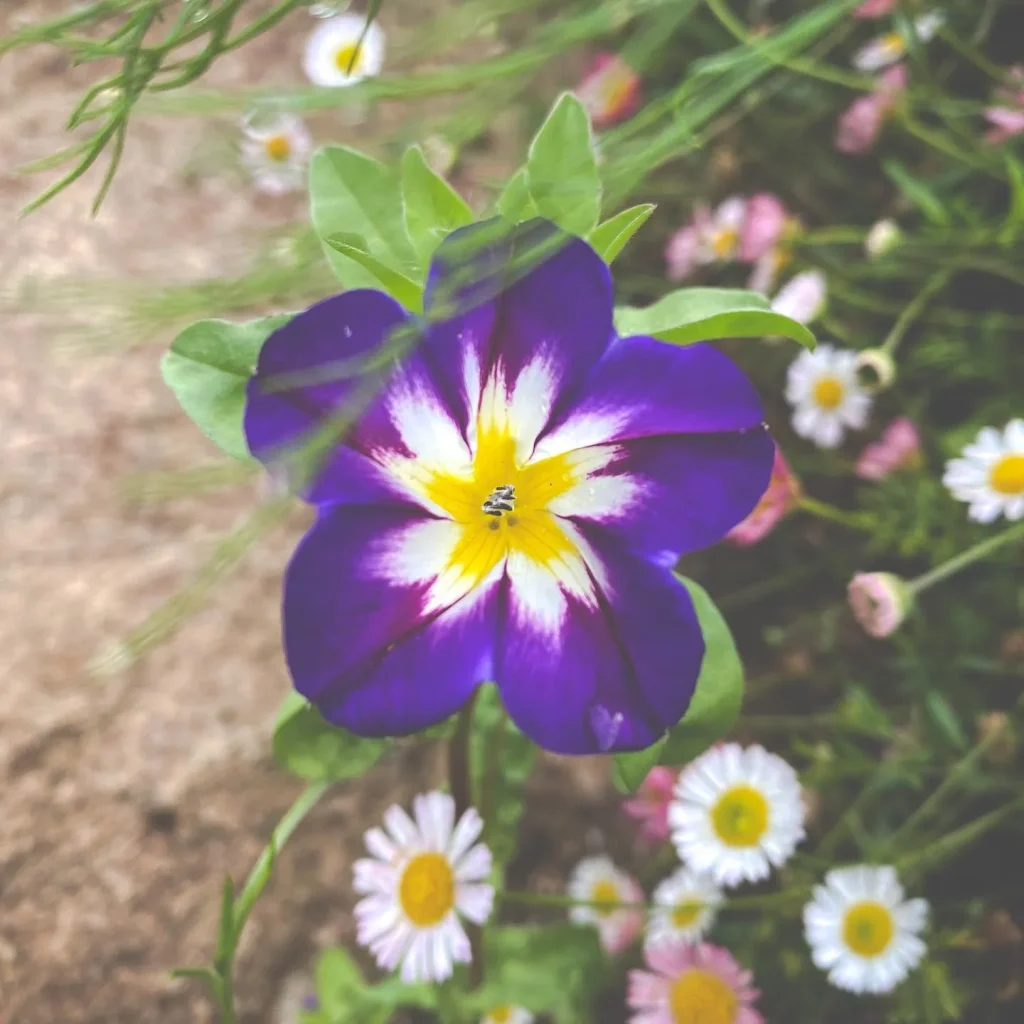
Is aucuba japonica poisonous? Is aucuba japonica poisonous to cats?
I discovered the hard way that aucuba japonica is indeed poisonous when my curious cat took a nibble. Thankfully, I acted fast and rushed him to the vet. The vet confirmed that aucuba japonica is toxic to cats and can cause symptoms like vomiting, diarrhea, and abdominal pain. It was a scary experience, and now I’m extra cautious about the plants I bring into my home, making sure they’re safe for my feline friend.
How fast does aucuba japonica grow?
Aucuba japonica is a slow grower in my experience, which is perfect for me because I prefer low-maintenance plants. I enjoy watching it gradually fill out and add greenery to my garden without becoming unruly or needing constant pruning. Its steady growth rate makes it easy to manage and incorporate into various landscaping designs without overwhelming other plants.
How to care for aucuba japonica?
Caring for aucuba japonica has been relatively simple for me. It thrives in partial to full shade and prefers moist, well-drained soil. I make sure to water it regularly, especially during dry spells, and apply a balanced fertilizer in the spring to encourage healthy growth. Occasionally, I’ll check for signs of pests or disease and address any issues promptly to keep my aucuba looking its best.
How to propagate aucuba japonica?
Propagating aucuba japonica is something I’ve tried with success a few times. I prefer to propagate through stem cuttings taken in the spring or early summer. I select healthy stems, remove any leaves from the bottom half, and dip the cut end in rooting hormone before planting in a pot filled with moist potting mix. I keep the cuttings in a warm, humid environment and mist them regularly until roots develop, usually within a few weeks.
How to prune aucuba japonica?
Pruning aucuba japonica is a task I tackle annually to maintain its shape and promote new growth. I usually wait until late winter or early spring before new growth begins, as this allows me to see the plant’s natural form and prune accordingly. I focus on removing dead or damaged branches, as well as any growth that’s becoming too dense or leggy. I find that light pruning each year keeps my aucuba looking tidy without overwhelming it.
Is aucuba japonica deer resistant?
Aucuba japonica has proven to be quite deer resistant in my garden, which is a relief considering the local deer population. I’ve watched them browse through my yard, bypassing the aucuba in favor of other plants. Its tough, leathery leaves seem to deter them, making it a reliable option for landscapes in deer-prone areas like mine.
When to prune aucuba japonica?
I’ve found that pruning aucuba japonica is best done in late winter or early spring, just before new growth begins. This timing allows me to shape the plant and remove any dead or damaged branches without risking damage to emerging buds. I make sure to use sharp, clean pruning tools and make clean cuts to promote healthy growth throughout the growing season.
Where to buy aucuba japonica?
I’ve purchased aucuba japonica from various nurseries and garden centers in my area, as well as online retailers specializing in plants. I prefer to buy from reputable sources that offer healthy, well-established specimens. Local nurseries often have knowledgeable staff who can provide guidance on selecting the right cultivar for my garden and offer tips on care and maintenance.
Is aucuba japonica a chimera?
While aucuba japonica can exhibit variegation, which may give it a striking appearance, it’s not considered a true chimera. Instead, the variegation is typically caused by a genetic mutation that affects the plant’s ability to produce chlorophyll in certain areas of the leaves. This mutation can result in patches or streaks of different colors, adding visual interest to the plant.
Is aucuba japonica evergreen?
Aucuba japonica is indeed evergreen, providing year-round interest with its glossy, leathery leaves. I appreciate its ability to maintain its lush green foliage even during the winter months when many other plants are dormant or have shed their leaves. Its evergreen nature makes it a valuable addition to my garden, providing structure and color throughout the seasons.
If i die, water my plants!



